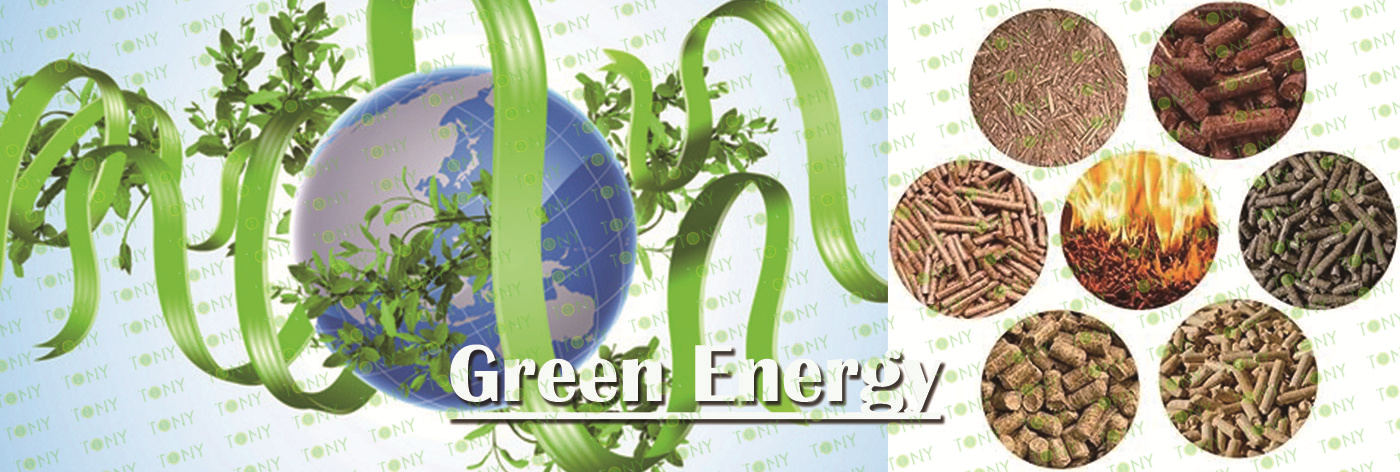1. Driving dimensions and specific manifestations:
Energy security: Reducing reliance on fossil energy sources such as oil and natural gas. For example, after the conflict in Ukraine, Europe accelerated the import of biomass pellets, with the import volume increasing by 22% in 2023.
Low-carbon transition: Zero carbon emissions during combustion (the CO₂ absorbed by plants is released again), with lifecycle carbon emissions reduced by 80%-90% compared to coal.
Cost advantage: The price is approximately 60%-70% of that of natural gas (in the European region), and the raw material sources are extensive (agricultural and forestry waste), reducing the risk of fuel cost fluctuations.
Technical maturity: The processing efficiency of pellet machine has improved, and transportation and storage have become standardized (bagged / bulk container), suitable for the retrofit of existing boilers.

2. Typical application scenarios:
(1) Regional centralized heating
In the Varmland region of Sweden, biomass pellets are used through a heating pipeline to provide heating for 100,000 households, with a thermal efficiency of over 85%, and the cost is 30% lower than that of natural gas.
In the "coal-to-biomass" projects in northern China, pellet boilers replace coal for heating, reducing PM2.5 emissions by 60%.
(2) Industrial energy substitution
In British food processing plants, palm shell pellets are used to replace natural gas for food drying, reducing CO₂ emissions by approximately 20,000 tons per year, and fuel costs have decreased by 18%.
In Southeast Asian palm oil plants, the remaining palm shells are processed into pellets and used for self-generated power to meet 30% of the plant's electricity demand.
(3) Power generation
In Denmark's Amager Bakke power plant, biomass pellets are burned in combination with waste, with an annual power generation of 1.4 billion kilowatt-hours, and it also provides heating for 400,000 households.
In the particle power plant in Mississippi, USA, a "forest residue + straw" mixed fuel is used, with power supply reliability reaching 98%, higher than that of traditional coal-fired power plants.
The "fuelization" transformation of biomass pellets is not only an energy issue, but also a systematic project that integrates agriculture, forestry and environmental protection. The global adoption rate of this technology will directly affect the progress of each country's carbon neutrality goals





















